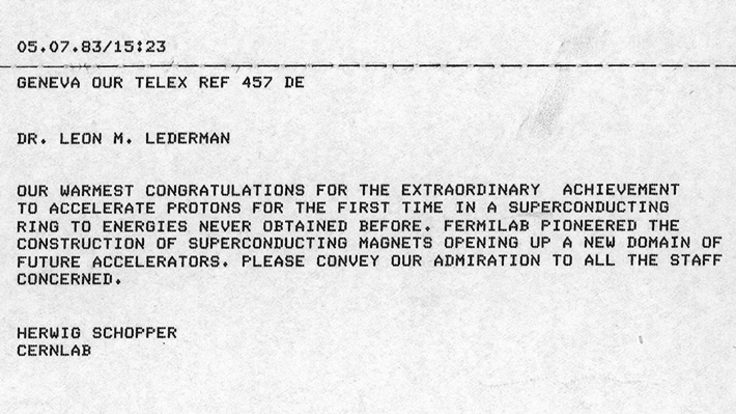Pierre Darriulat: Modern physics built from scratch
Modern physics built from scratch. It is difficult to summarize my experience in Vietnam in a few lines as the boundary conditions differ so radically from those that apply in the scientific environment of Western countries.




